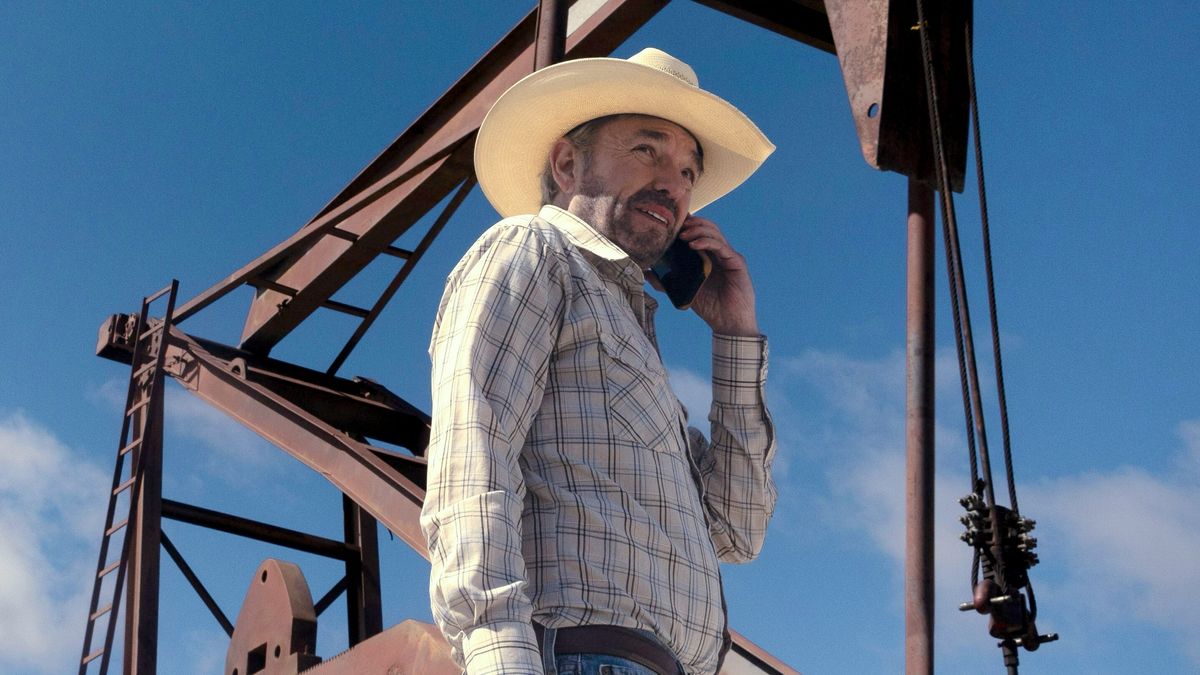This is Lightfoot, a solar scooter conceived by San Francisco-based R&D outfit Otherlab that, it claims, will be available to buy in the US from January. The most eye-catching feature are the two side panels covered in solar cells that will hopefully keep you from needing a charger. In the gap between the two, however, is a fairly capacious cargo compartment with almost 1.6 cubic feet of space. That should be more than enough to haul your gear to and from work, or to pick up some groceries when you’re out and about. The padded seat and footplates, too, are designed to carry the rider and an additional passenger when required, too.
Specs-wise, there’s a pair of 750W brushless DC motors with a top speed of 20 miles per hour, generating 90Nm of peak torque, which should hopefully be enough to scale the hills around SF (and wherever you are). They’re wired up to a 1.1kWh battery that the company promises will deliver a range of 37 miles on a single charge. The two 120W panels on either side will trickle charge the battery when on the road or parked up outdoors. Otherlab claims this idle solar charging will add three miles of charge per hour, or 18 miles if you leave it for a whole day.
Lightfoot / Otherlab
Aside from the solar hardware, Otherlab claims that you — or a qualified technician — will be able to keep this running without any outside assistance. It said most of the components are off-the-shelf motorcycle parts and that they can be repaired or replaced just as easily. There’s also a one-year whole-bike and two-year mechanical guarantee, as well as a no-question buy back policy. We’ll reserve judgment on every facet of this until we’re able to test it for ourselves, but we’re looking forward to doing so just to see what this thing feels like to ride.
Pre-orders for the Lightfoot are opening today for $4,995, with Otherlab pledging to make the first deliveries in January 2025.




















 English (US) ·
English (US) ·